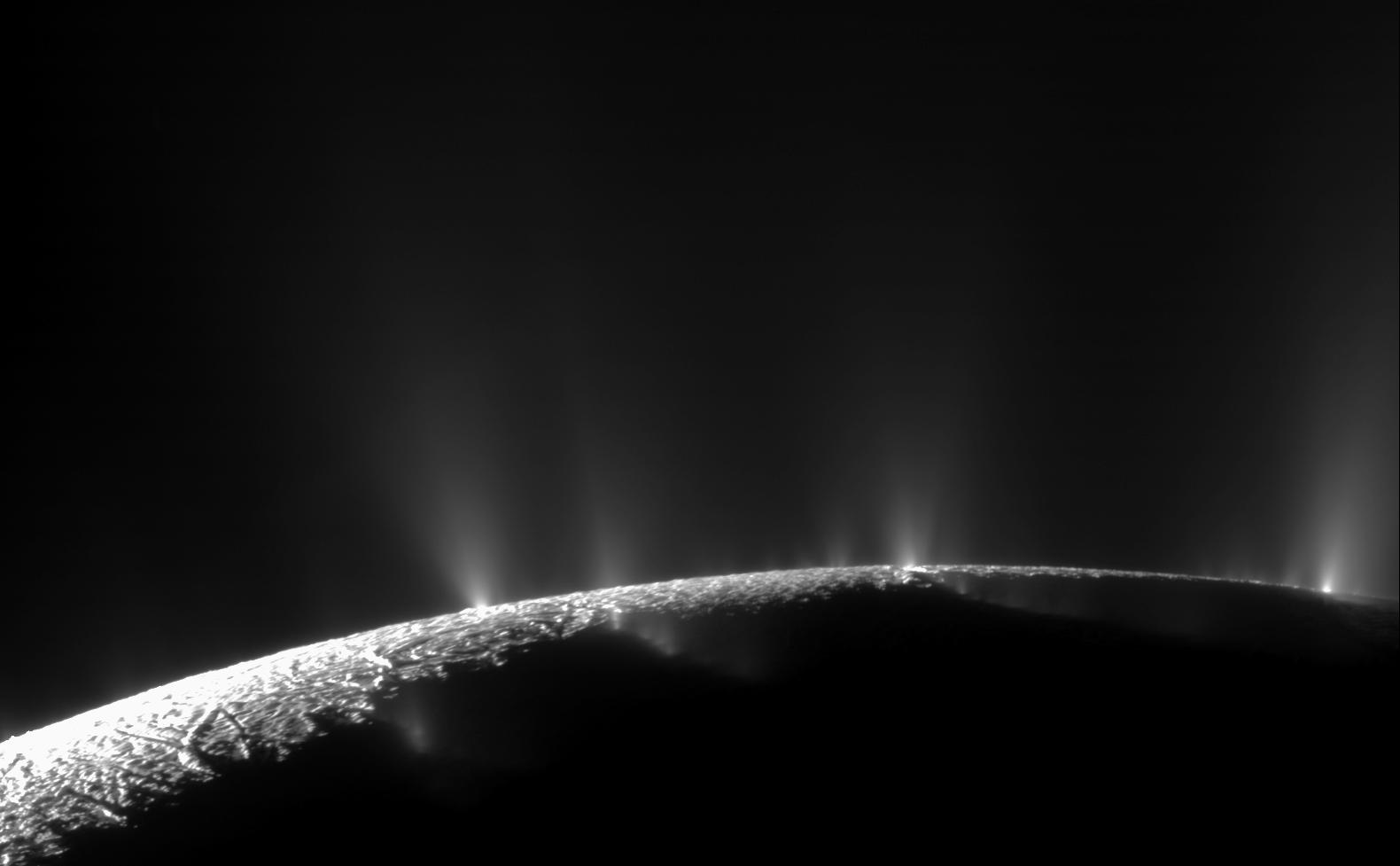4 min read
Cassini is orbiting Saturn with a 9.6-day period in a plane inclined 61.7 degrees from the planet's equatorial plane. The most recent spacecraft tracking and telemetry data were obtained on April 23 by the 70-meter Deep Space Network station at Goldstone, California. Except for some science instrument issues described in previous reports, the spacecraft continues to be in an excellent state of health with all of its subsystems operating normally. Information on the present position and speed of the Cassini spacecraft may be found on the "Present Position" page at: http://saturn.jpl.nasa.gov/mission/presentposition/ .
Flawless two-way digital communications and precise radiometric tracking of Cassini continued routinely this week across a billion miles of interplanetary space. Meanwhile, Saturn is nearing opposition in our sky, and makes for memorable viewing in any small telescope. Details may be found here http://saturn.jpl.nasa.gov/education/saturnobservation/viewingsaturn/ .
Wednesday, April 17 (DOY 107)
While the Imaging Science Subsystem (ISS) led an observation of Titan to monitor clouds in its atmosphere, the spacecraft passed through apoapsis, having coasted 1.36 million kilometers "up" from the planet and slowing to 12,507 kilometers per hour relative to Saturn. This marked the beginning of Cassini's orbit #187. The Composite Infrared Spectrometer (CIRS) began a 23-hour duration mid-infrared map of Saturn to determine temperatures in the upper troposphere and the tropopause.
Thursday, April 18 (DOY 108)
ISS made an observation in the Satellite Orbit Campaign, looking at known moonlets near Saturn, and looking for new ones. CIRS then observed the unlit side of the rings to better determine their composition.
Friday, April 19 (DOY 109)
A multi-month, multi-wavelength, coordinated auroral science campaign began today, timed around Saturn's opposition in the sky. During this campaign, Cassini's Ultraviolet Imaging Spectrograph (UVIS), Visible and Infrared Mapping Spectrometer (VIMS), and ISS observe both the planet's southern and northern aurora while the Earth-orbiting Hubble Space Telescope and the surface-based telescopes Subaru, Keck, and IRTF observe Saturn's northern auroral region, which is visible from Earth. These coordinated measurements are intended to provide unprecedented simultaneous observations of the aurora in both hemispheres across UV, visible, and IR wavelengths over long timescales. The effects of different solar wind and magnetospheric conditions can be examined given the spacing of these multiple observations over several weeks. A special web page has been set up to provide information on the campaign:
http://saturn.jpl.nasa.gov/saturnaurora .
Saturday, April 20 (DOY 110)
Auroral science campaign observations continued. During one of only four tracking periods this week, a 34-meter diameter Deep Space Network station in Spain participated in an operations readiness test preparing for a Radio Science Saturn ring and atmosphere occultation experiment coming up next month.
Sunday, April 21 (DOY 111)
After leading another auroral campaign observation, UVIS watched a solar occultation by Saturn. The Ion and Neutral Mass Spectrometer measured neutral molecules in the inner magnetosphere while the Cosmic Dust Analyzer simultaneously took measurements as Cassini flew through the ring plane, crossing inside the E ring's outer edge.
Monday, April 22 (DOY 112)
Cassini plunged through periapsis of orbit #187 going 45,202 kilometers per hour relative to Saturn. UVIS and VIMS observations of the northern aurora from as close as 314,000 kilometers provided high spatial resolution to complement the higher spectral resolution as seen from Earth. These measurements are valuable because they permit estimates of Saturn's atmospheric temperature and measurements of ion winds. In addition, the Magnetospheric and Plasma Science instruments made in-situ measurements of particles and fields to reveal the magnetospheric input to the auroral ionosphere. Next, VIMS and CIRS observed an atmospheric occultation of the red star R Carinae. VIMS followed this by watching another red star, Gamma Crucis, while it was being occulted by the rings. Finally, ISS and VIMS made a Titan observation from 1.2 million kilometers away to monitor long-term cloud activity on the planet-size moon.
The tiny moon Daphnis, which orbits Saturn within a gap in the outer A ring, is dwarfed by the waves it creates in an image featured today. The full-resolution version must be selected to see the little moon's wakes:
/resources/15795 .
Tuesday, April 23 (DOY 113)
After another auroral campaign observation, UVIS and VIMS looked at the 500-kilometer diameter icy moon Enceladus near its fully sunlit phase. UVIS, CIRS and VIMS then jointly mapped the rings. ISS finished the day reacquiring and tracking the orbits of known propeller-shaped features (http://go.usa.gov/YyGR) in the rings.







